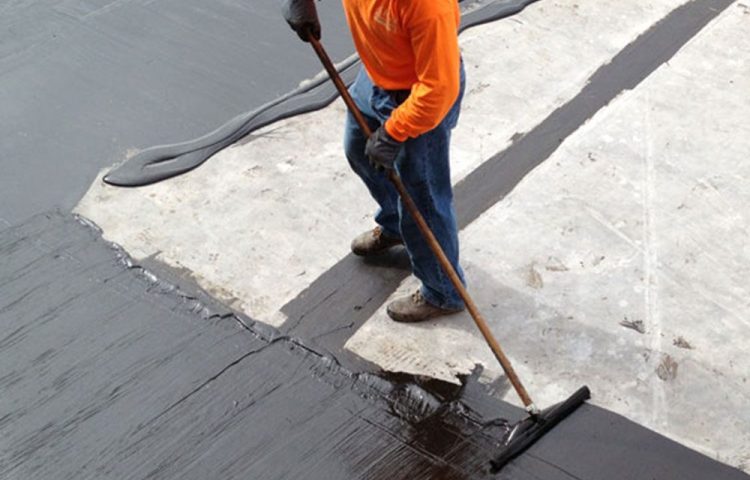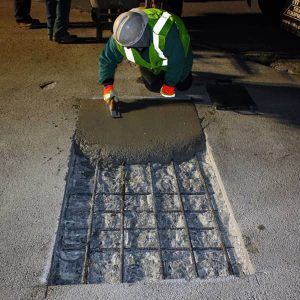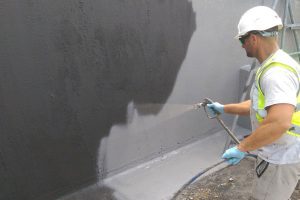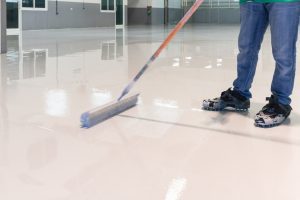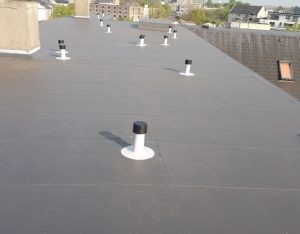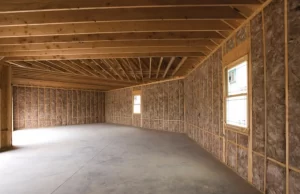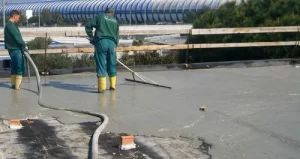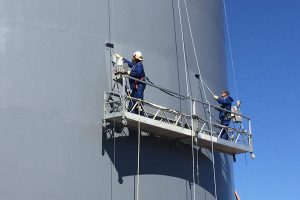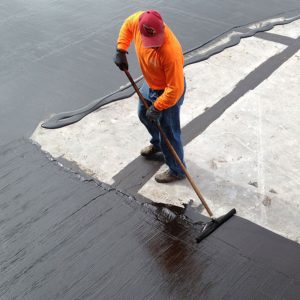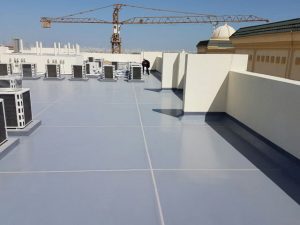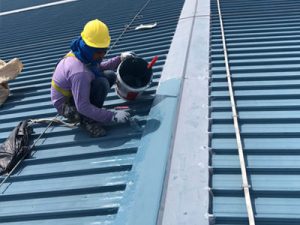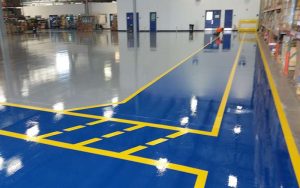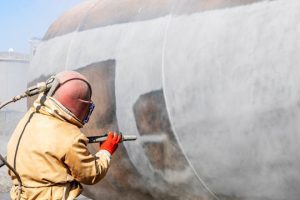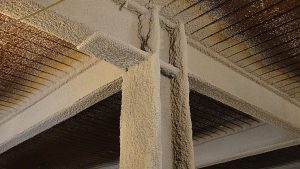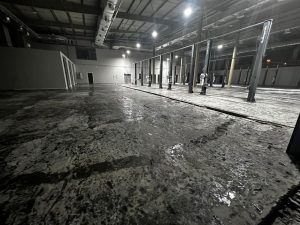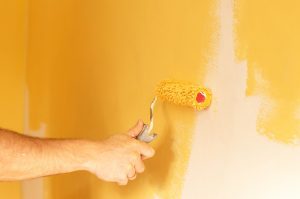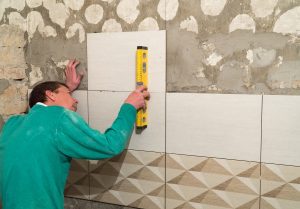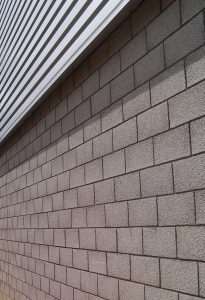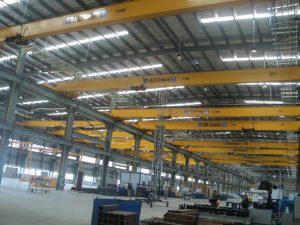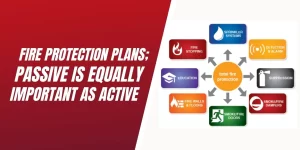Liquid Waterproofing to Make Your Life Stressfree
When it comes to applications and system builds, liquid waterproofing systems may be employed in a broad variety of contexts. During the 1950s, emulsion and acrylic systems were available for coating, and rollers and brushes were used to apply both repair and complete emulsion and acrylic systems respectively.
As more time passed, liquid roof systems became more advanced, and by the 1980s, a moisture-cured polyurethane had been developed that was far more effective than its predecessor.
A polyurethane coating system is a layer (kind of polymer) that, once applied, shields the underlying material from deterioration caused by the elements, as well as abrasion and corrosion.
The system is typically either a single or twin pack, and it may feature fleece or fiberglass matting. It is commonly put using the “wet on wet” method. As the development of this product has developed, the liquid has become odorless, making it an excellent choice for use in construction projects in sensitive environments such as offices, schools, and hospitals.
PMMA (Polymethyl Methacrylate) roofing systems are probably the most extensively used in the current day owing to the fact that they cure quickly and can be put in foot-frequented areas. PMMA stands for polymethyl methacrylate.
This liquid roof system is very flexible, resistant to tearing, and has a track record that dates back to the 1930s. Additionally, it has withstood the test of time since it has stood the test of time.
Why Go for Liquid Waterproofing?
There are a lot of benefits that come with using a liquid waterproofing system. It is possible to apply without using heat or a flame, is cost-effective, is ideal for intricate roof or surface details, and is completely waterproof. These are the primary advantages and benefits that it offers.
Waterproofing that is applied in liquid form may be used in a wide number of diverse applications that range in size and shape. This encompasses both pitched and flat roofs, as well as dome-shaped roofs.
After application, the roof with a liquid coating becomes waterproof within two hours, and in many instances, immediately after application. This timeframe is depending on the temperature.
Ice Cold Method
This method of waterproofing a roof does not need the use of heat or flame in any way. By doing so, both the inconvenient aspects and the potentially dangerous ones of working with hot works may be avoided.
Works at Low Temperatures
Another advantage of installing a liquid roof is that buildings may continue to function normally while the roof is being put in place. Liquid Waterproofing may be applied at any time of the year, regardless of the season, provided that the temperature is higher than 0 degrees Celsius.
Enhances the Detailing
Liquid Waterproofing is an excellent choice for complex detailing since it can fill all details, regardless of how difficult it is to access. This capability differentiates liquid-applied roofing from other membranes, such as rubber and felt roofing.
Easy Maintenance
Because it is a liquid system, maintenance and repair work may be done without causing any inconvenience to the people who live in the building that is being worked on. The fact that there will be no downtime to go through is, of course, a significant advantage in commercial properties.
Why Choose Skilya For Liquid Waterproofing?
We provide comprehensive services covering all aspects of liquid waterproofing. This includes liquid waterproofing that may be applied to flat roofs, balconies, stairs, pathways, and many other surfaces. So, what are you waiting for? Contact Skilya to get liquid waterproofing at affordable rates.

